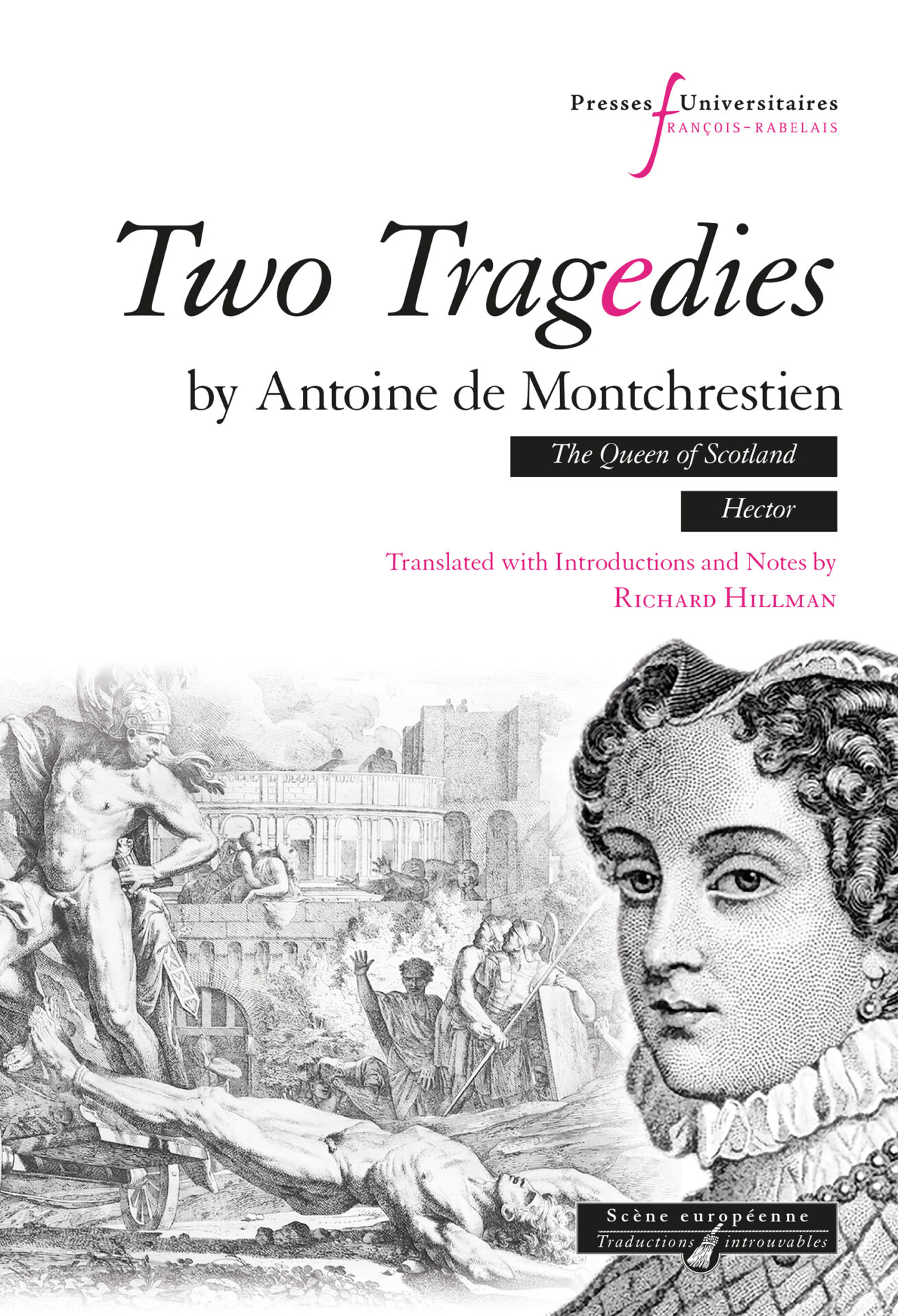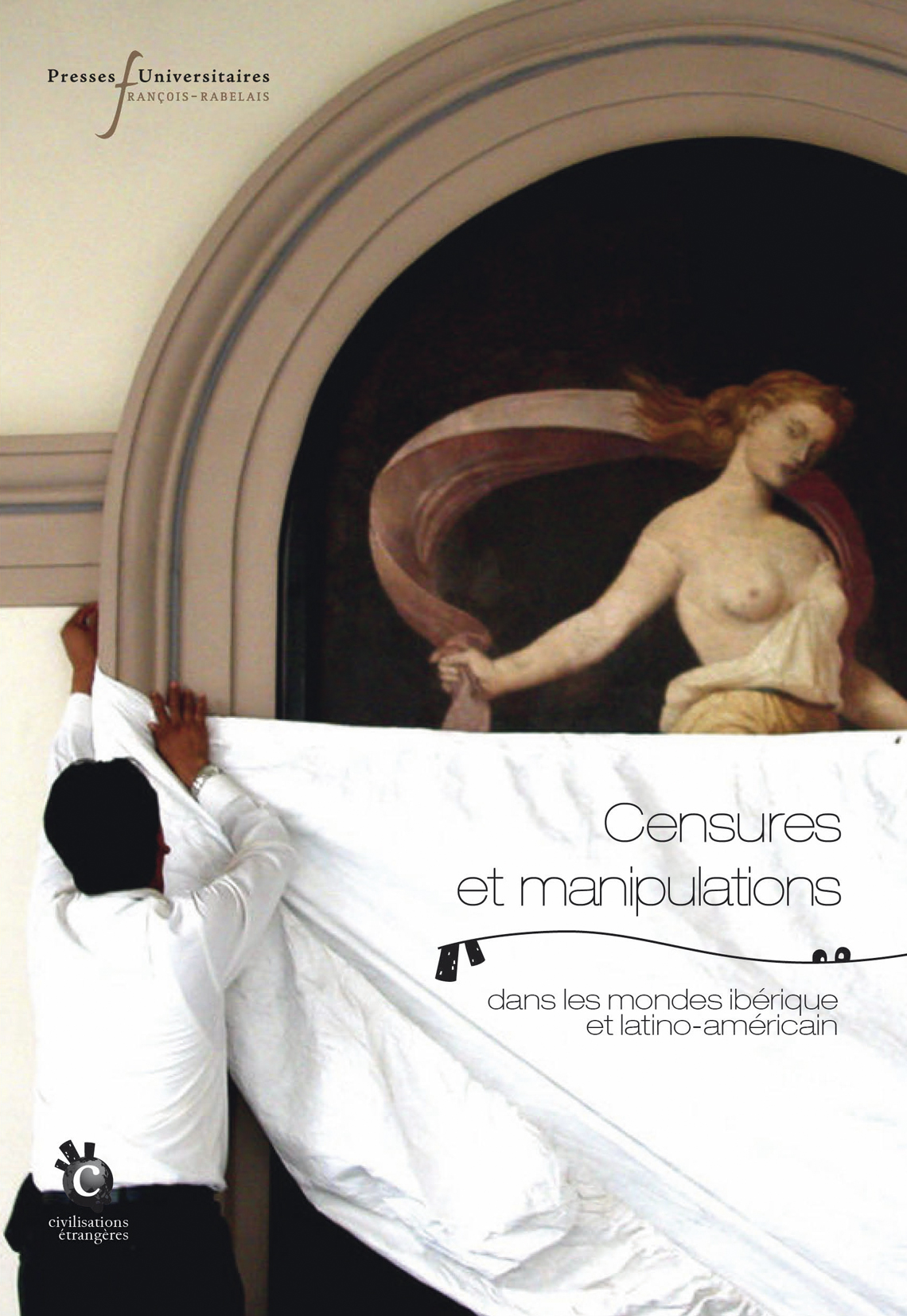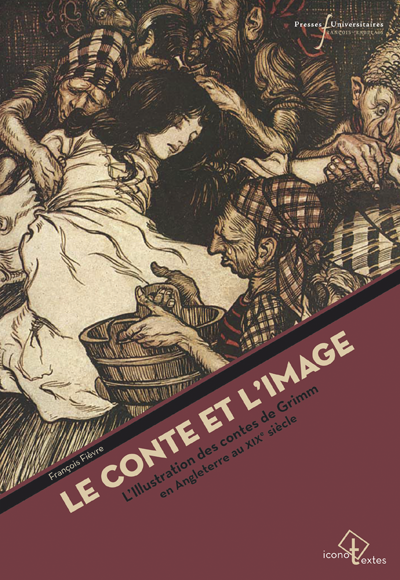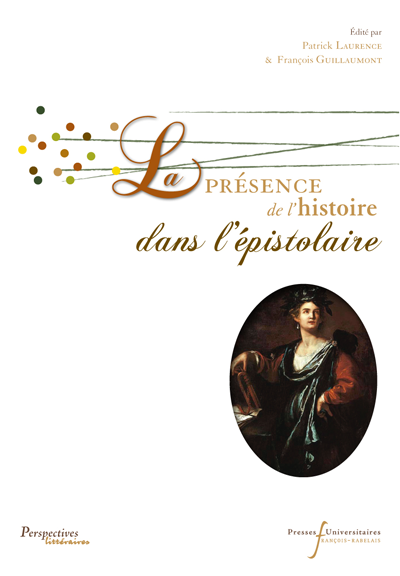La vie tumultueuse d’Antoine de Montchrestien (1575-1621) présente bien des mystères. Normand de naissance modeste, il a grimpé assez haut dans les sphères politique et financière mais sa fin fut violente. Ses six tragédies, particulièrement La reine d’Écosse et Hector, vestiges d’une carrière littéraire de courte durée (1596-1604), suscitent des louanges critiques depuis le XIXe siècle. Outre de puissants moments poétiques et dramatiques, son œuvre se distingue par la transition technique effectuée entre un théâtre « humaniste », associé surtout à Robert Garnier, et un classicisme plus tardif et plus rigoureux. Sa démarche constitue une innovation considérable.
L’introduction à La Reine d’Escosse par Richard Hillman – une pièce par laquelle le dramaturge espérait gagner la faveur du fils de Marie Stuart, Jacques Ier d’Angleterre (Jacques VI d’Écosse) – situe la tragédie dans des contextes politiques complexes et sensibles, médiatisés par des discours portant sur l’exécution de Marie (1587). Les contextes évoqués pour encadrer Hector sont plutôt littéraires, mais ils impliquent les domaines de l’éthique et de la philosophie. Ils servent aussi d’arrière-plan à la proposition que, même si Troilus et Cressida n’a pas été véritablement composé dans le sillage de Hector, cette pièce si énigmatique de Shakespeare acquiert de la profondeur à la lumière de celle de Montchrestien.
Mysteries remain about the tumultuous life of Antoine de Montchrestien (1575-1621), a Norman of modest birth who acquired important political connections and substantial financial interests, yet met with a violent death. Though his literary career was brief (1596-1604), his six tragedies have attracted critical praise in French and English, especially for The Queen of Scotland and Hector. Apart from powerful poetic and dramatic effects, his work stands out for effecting a technical transition between “Humanist” theatre, associated especially with Robert Garnier, and the more rigorous classicism of the later 17th century. This contribution constitutes a considerable claim to innovation.
Richard Hillman’s Introduction to The Queen of Scotland, with which the author hoped to gain favour with Mary Stuart’s son, James I of England (James VI of Scotland), situates the play in its complex and highly charged political contexts, as mediated by discourses dealing with Mary’s execution (1587). The contexts brought to bear on Hector in the second Introduction are more strictly literary, although they have ethical and philosophical implications. They also serve as background to the proposition that, if not actually composed in the wake of Montchrestien’s Trojan tragedy, Shakespeare’s Troilus and Cressida gains depth from a reading in its light.
Annexes
Disponible en ligne sur le site du Centre d’études supérieures de la Renaissance :
- https://sceneeuropeenne.univ-tours.fr/traductions/queen-scotland [Publié le 22/10/2018]
- https://sceneeuropeenne.univ-tours.fr/traductions/hector [Publié le 15/03/2019]
28,00 €
En stock
Two tragedies by Antoine de Montchrestien
La vie tumultueuse d’Antoine de Montchrestien (1575-1621) présente bien des mystères. Normand de naissance modeste, il a grimpé assez haut dans les sphères politique et financière mais sa fin fut violente. Ses six tragédies, particulièrement La reine d’Écosse et Hector, vestiges d’une carrière littéraire de courte durée (1596-1604), suscitent des louanges critiques depuis le XIXe siècle. Outre de puissants moments poétiques et dramatiques, son œuvre se distingue par la transition technique effectuée entre un théâtre « humaniste », associé surtout à Robert Garnier, et un classicisme plus tardif et plus rigoureux. Sa démarche constitue une innovation considérable.
L’introduction à La Reine d’Escosse par Richard Hillman – une pièce par laquelle le dramaturge espérait gagner la faveur du fils de Marie Stuart, Jacques Ier d’Angleterre (Jacques VI d’Écosse) – situe la tragédie dans des contextes politiques complexes et sensibles, médiatisés par des discours portant sur l’exécution de Marie (1587). Les contextes évoqués pour encadrer Hector sont plutôt littéraires, mais ils impliquent les domaines de l’éthique et de la philosophie. Ils servent aussi d’arrière-plan à la proposition que, même si Troilus et Cressida n’a pas été véritablement composé dans le sillage de Hector, cette pièce si énigmatique de Shakespeare acquiert de la profondeur à la lumière de celle de Montchrestien.
Mysteries remain about the tumultuous life of Antoine de Montchrestien (1575-1621), a Norman of modest birth who acquired important political connections and substantial financial interests, yet met with a violent death. Though his literary career was brief (1596-1604), his six tragedies have attracted critical praise in French and English, especially for The Queen of Scotland and Hector. Apart from powerful poetic and dramatic effects, his work stands out for effecting a technical transition between “Humanist” theatre, associated especially with Robert Garnier, and the more rigorous classicism of the later 17th century. This contribution constitutes a considerable claim to innovation.
Richard Hillman’s Introduction to The Queen of Scotland, with which the author hoped to gain favour with Mary Stuart’s son, James I of England (James VI of Scotland), situates the play in its complex and highly charged political contexts, as mediated by discourses dealing with Mary’s execution (1587). The contexts brought to bear on Hector in the second Introduction are more strictly literary, although they have ethical and philosophical implications. They also serve as background to the proposition that, if not actually composed in the wake of Montchrestien’s Trojan tragedy, Shakespeare’s Troilus and Cressida gains depth from a reading in its light.
Annexes
Disponible en ligne sur le site du Centre d’études supérieures de la Renaissance :
- https://sceneeuropeenne.univ-tours.fr/traductions/queen-scotland [Publié le 22/10/2018]
- https://sceneeuropeenne.univ-tours.fr/traductions/hector [Publié le 15/03/2019]
28,00 €
En stock






